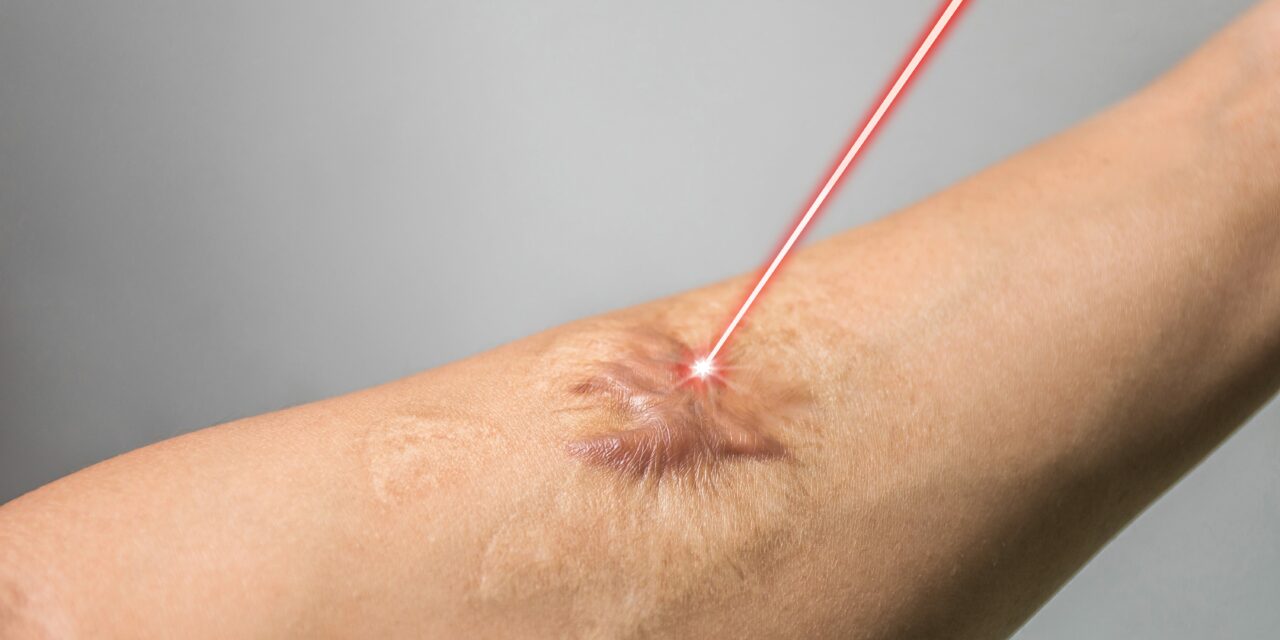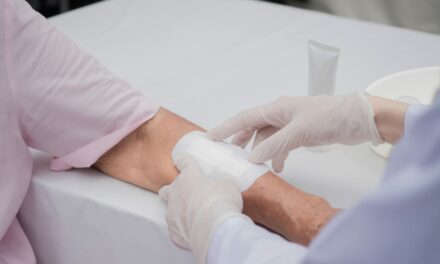Integrating laser therapy into post-treatment care protocols for dermatological surgeries offers benefits for patient recovery.
Laser therapy has become a cornerstone in enhancing recovery and outcomes for patients undergoing dermatological surgeries. By leveraging different laser technologies, practitioners can improve healing times, reduce scarring, and enhance overall skin quality post-surgery.
This article will explore various laser types, their mechanisms, and best practices for integration into post-surgical care.
Types of Laser Therapies
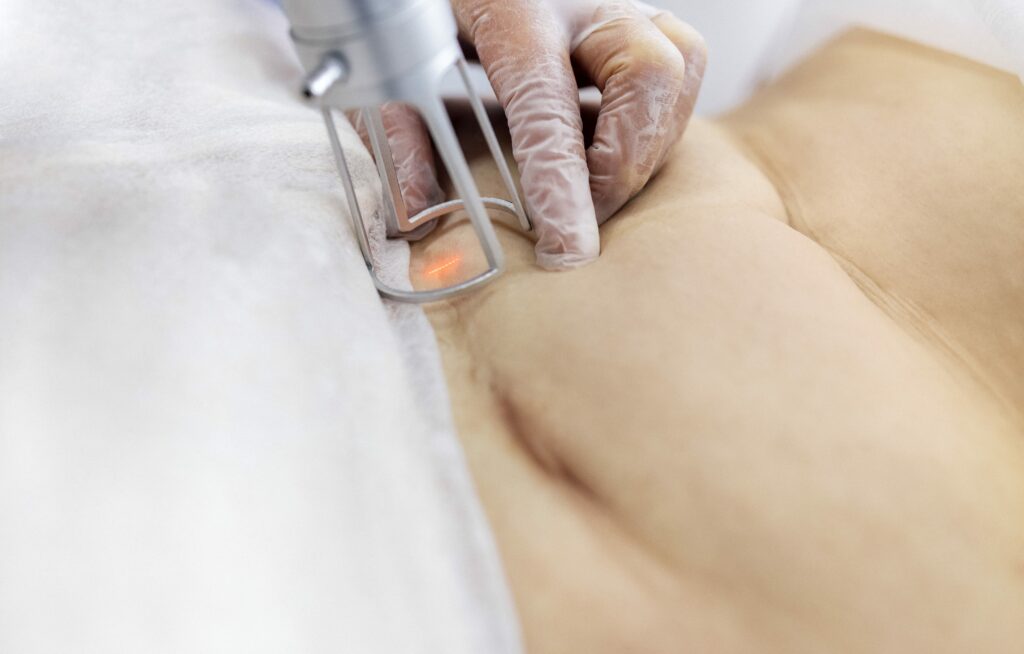
Fractional Laser Therapy
Fractional laser therapy, including CO2 and Er:YAG lasers, targets microscopic columns of skin, promoting collagen production and faster healing while sparing surrounding tissue. This method is particularly effective for treating surgical scars and resurfacing skin.
- Benefits: Improved skin texture, reduced scarring, and minimized hyperpigmentation.
- Applications: Suitable for acne scar revision, skin resurfacing, and treatment of surgical scars (BioMed Central) (Dove Press).
Non-Ablative Laser Therapy
Non-ablative lasers heat the underlying skin tissue without damaging the surface, stimulating collagen production and enhancing the healing process.
- Benefits: Less downtime, effective for mild to moderate skin imperfections.
- Applications: Ideal for fine lines, mild scars, and improving skin elasticity (BioMed Central).
Pulsed Dye Laser (PDL)
PDL targets blood vessels, making it effective for vascular lesions and reducing redness associated with scars.
- Benefits: Minimizes erythema and vascular scars with minimal side effects.
- Applications: Used for treating port-wine stains, hemangiomas, and post-surgical erythema (Dove Press).
Mechanisms of Action
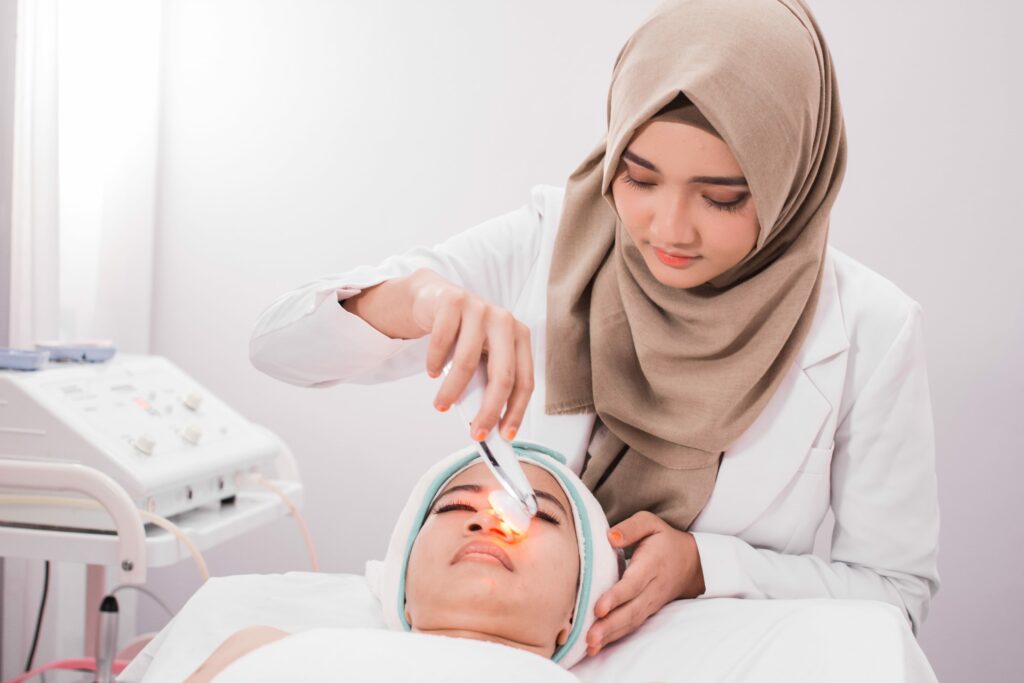
Laser therapy aids post-surgical recovery through several mechanisms:
- Collagen Stimulation: Lasers promote new collagen synthesis, crucial for wound healing and improving skin texture.
- Reduced Inflammation: Certain wavelengths reduce inflammation, expediting the resolution of erythema and edema.
- Enhanced Blood Flow: Lasers improve microcirculation, aiding nutrient delivery and waste removal.
- Antimicrobial Effects: Some lasers have antimicrobial properties, reducing infection risks post-surgery (BioMed Central) (Dove Press).
Best Practices for Incorporating Laser Therapy
Pre-Treatment Considerations
- Patient Assessment: Evaluate skin type, medical history, and specific needs to select the appropriate laser.
- Skin Preparation: Cleanse and prepare the skin to enhance laser efficacy and minimize adverse reactions.
Post-Treatment Care
- Moisturization: Maintain moisture in the treated area to support healing.
- Sun Protection: Use high SPF sunscreen to protect treated skin from UV damage.
- Follow-Up: Schedule regular follow-ups to monitor progress and address complications (BioMed Central) (Dove Press).
Combining Laser Therapy with Other Treatments
- Topical Treatments: Use retinoids or growth factors to complement laser therapy by promoting skin regeneration.
- Nutritional Support: Encourage a diet rich in vitamins A, C, and E for collagen synthesis and skin repair (BioMed Central) (Dove Press).
Clinical Evidence and Case Studies
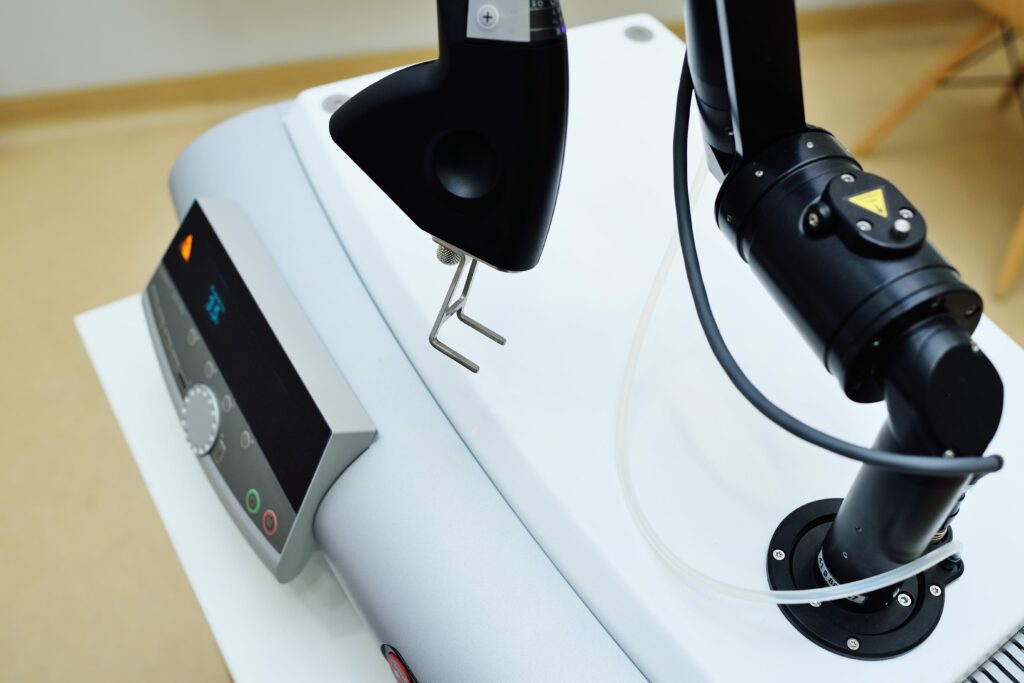
Studies have shown significant improvement in post-surgical scars with early intervention using fractional CO2 lasers. For example, a study found that fractional CO2 laser treatment significantly improved the appearance of surgical scars, with noticeable improvements in pigmentation, height, and pliability (Dove Press).
Another study highlighted the effectiveness of PDL in reducing post-operative erythema, leading to high patient satisfaction rates (BioMed Central).
Looking Ahead
Integrating laser therapy into post-treatment care protocols for dermatological surgeries offers benefits for patient recovery. By understanding the various types of laser therapies and their applications, healthcare providers can tailor post-surgical care to achieve optimal outcomes. As laser technology continues to advance, its role in dermatological post-treatment care is set to expand, offering even greater benefits to patients.
References
- Advances in the treatment of traumatic scars with laser, intense pulsed light, radiofrequency, and ultrasound. Burns & Trauma. Retrieved from Burns & Trauma.
- Early fractional carbon dioxide laser intervention for postsurgical scar. Clinical, Cosmetic and Investigational Dermatology. Retrieved from Dove Medical Press.
Photo 125902008 © Prompirakp | Dreamstime.com

